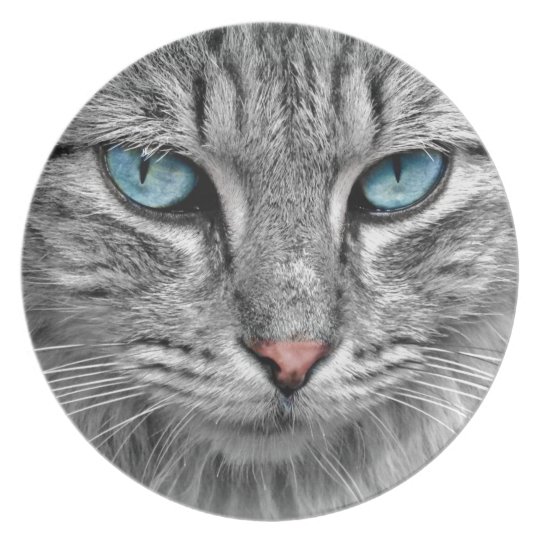
Harlequin was the only female I ended up keeping from their litter, she's the one who has the white. (I find it interesting how the paw pad colors are different, it's hard to tell there, but one middle toe is pink and the other dark brown) The other had this interesting pattern on one foot: One of them had a "split color" foot like yours:

The two in the middle in this photo, Harlequin and Rosalie, are torbies, the two on the top and bottom are their brothers who are tabbies.Īnd the other torbie in the litter, Tiger: Of course the one that has white, her paws are just white so she doesn't have that.


The two that did not have white also had paws like that. We are proud to offer a wide range of services to ensure our feline patients enjoy healthy, happy lives.Click to expand.She looks a LOT like some of the kittens from a litter I rescued several years ago who were brown torbie, aka brown patched tabby or if you want to get technical brown mackerel torbie or brown mackerel patched tabby (mackerel refers to them having the tabby stripes). If you are considering adopting a tabby cat, your trusted team at All About Cats Veterinary Hospital is here to help. Your Friendly Neighborhood Veterinary Hospital Patched Tabby Cat: Often referred to as a tortoiseshell or tortie, a patched tabby usually has dark or grayish brown and red or orange patches with any of the previous tabby patterns.Ticked Tabby Cat: Also known as an Abyssinian tabby or agouti tabby, a ticked tabby doesn’t have stripes or spots but instead has tabby markings on the face and hairs striped with alternating light and dark bands, known as agouti hairs on the body.Spotted Tabby Cat: A spotted tabby has large or small spots all over the sides that sometimes appear to be broken mackerel stripes.Mackerel Tabby Cat: Also known as a tiger cat, a mackerel tabby cat has rings around the tail and legs and narrow solid or broken stripes that run down the sides in a vertical pattern.Classic Tabby Cat: Sometimes referred to as a blotched tabby, a classic tabby has a bold, swirling pattern that closely resembles a bullseye.The 14th century Middle French term was “atabis,” which then became “tabis,” and eventually our English word, “tabby.” A large study using DNA analysis to trace the geographical dispersal and domestication of these beloved felines from ancient to modern times revealed that the tabby cat’s distinctive coat appeared in the Middle Ages and didn’t become common until about the 18th century. Tabby cats got their name by being compared to striped cloth and silk from the “Attabiy” district in Baghdad.

Interestingly, orange tabby cats are usually male, with only about 20-25 percent of them being female. The most familiar tabby coats are black, but some variations in the pigment result in brown, orange, and gray tabbies. A tabby pattern can be found across a wide range of purebred cats and in mixed breeds. You’ll often see a characteristic “M” on the forehead, right above the eyes. Tabby is not an actual, recognized breed but rather, a category of cats with unique markings on their coats. They are amusing, highly intelligent, and incredibly affectionate, making them excellent household companions! What Is a Tabby Cat? It’s not uncommon for these remarkable felines to follow their human family members around just like puppies! Tabby cats love to play and explore and thrive on attention. Tabby cats have unique personalities that some cat enthusiasts compare to dogs.


 0 kommentar(er)
0 kommentar(er)
